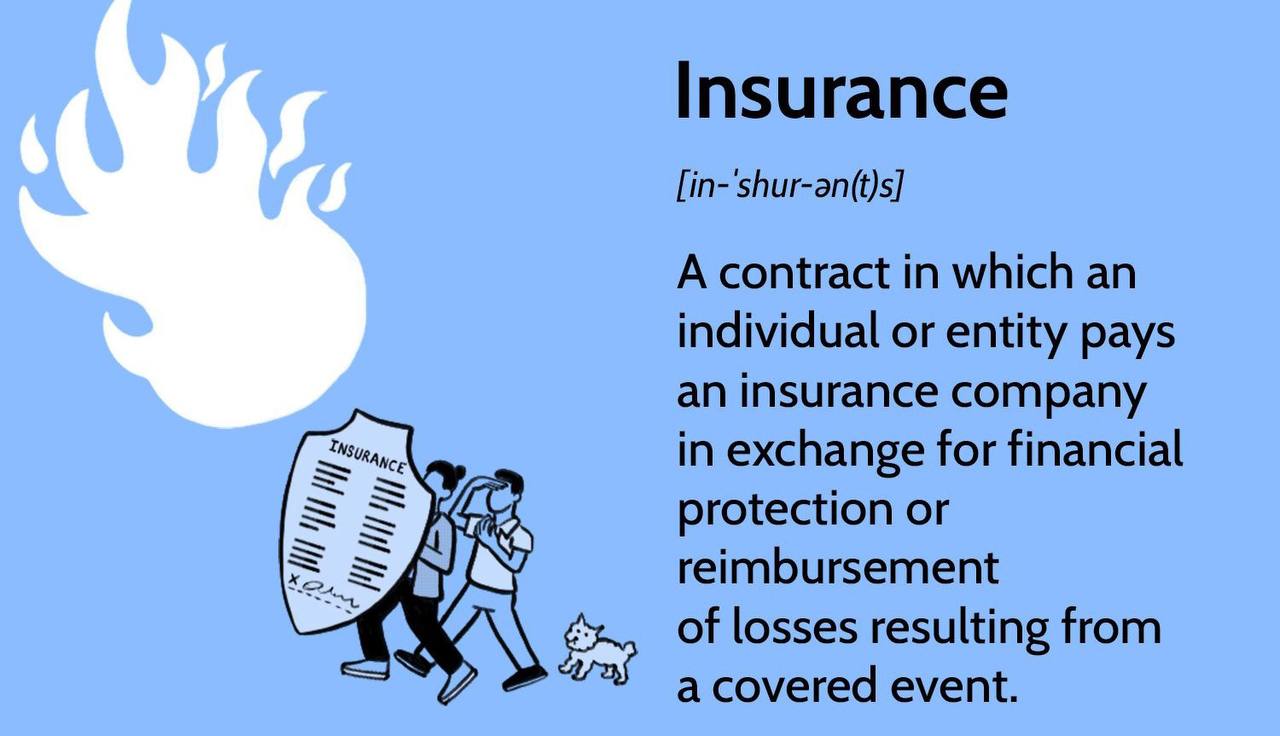Understanding the Basics: Types of Insurance Explained
In today’s unpredictable world, insurance has become an integral part of our lives. It provides us with a safety net, protecting us from unforeseen circumstances and safeguarding our financial future. From life to health, property to auto, insurance covers a wide spectrum of risks. However, with so many types of insurance available, it can be overwhelming to navigate through the sea of options. That’s why we’ve created this comprehensive guide to help you understand the basics of insurance and make informed decisions.
1. Life Insurance: Securing Your Loved Ones’ Future
Life insurance is a critical form of coverage that provides financial support to your loved ones in the event of your passing. It is designed to alleviate the burden of funeral expenses, outstanding debts, and loss of income that your family may face. There are two primary types of life insurance:
a. Term Life Insurance: This type of policy offers coverage for a specific period, typically ranging from 10 to 30 years. It is more affordable compared to permanent life insurance but does not accumulate cash value. Term life insurance is ideal for those with temporary financial obligations, such as young families with mortgages or dependent children.
b. Permanent Life Insurance: As the name suggests, permanent life insurance offers lifelong coverage. It combines a death benefit with a savings or cash value component, allowing the policyholder to accumulate wealth over time. With permanent life insurance, you can access the cash value for various purposes, such as retirement income or educational expenses.
2. Health Insurance: Protecting Your Well-being
Health insurance is indispensable in today’s high-cost medical environment. It provides coverage for medical expenses, ensuring that you have access to quality healthcare without depleting your savings. Here are some common types of health insurance:
a. Employer-Sponsored Health Insurance: Many employers offer group health insurance plans to their employees as part of their benefits package. These plans usually offer comprehensive coverage and often require a contribution from the employee.
b. Individual Health Insurance: If you are self-employed or your employer does not offer health insurance, individual health insurance plans are available in the market. These plans allow you to choose coverage that suits your unique needs and budget.
c. Medicare: Medicare is a federal health insurance program primarily for individuals aged 65 and above. It also covers certain younger individuals with disabilities.
d. Medicaid: Medicaid is a joint federal and state program that provides healthcare coverage for low-income individuals and families.
3. Property Insurance: Protecting Your Assets
Property insurance safeguards your valuable assets, such as your home, against unexpected events like fire, theft, or natural disasters. Let’s explore some common types of property insurance:
a. Homeowners Insurance: This type of insurance covers the structure of your home, as well as your personal belongings. It also provides liability protection in case someone gets injured on your property.
b. Renters Insurance: Renters insurance protects your personal belongings in a rented property against theft, fire, or other covered perils. It also offers liability coverage similar to homeowners insurance.
c. Condo Insurance: Condo insurance provides coverage for individuals living in condominiums. It often includes protection for personal belongings, liability, and improvements made to the unit.
d. Flood Insurance: Floods can cause significant damage to your property, and standard homeowners or renters insurance policies do not cover flood-related losses. To protect against flood damage, you need a separate flood insurance policy.
4. Auto Insurance: Peace of Mind on the Roads
Auto insurance protects you financially in the event of an accident or damage to your vehicle. Although auto insurance requirements vary by state, here are some common types of coverage:
a. Liability Coverage: Liability coverage is mandatory in most states and covers bodily injury and property damage to others in an accident you are held responsible for.
b. Collision Coverage: This type of coverage pays for damage to your vehicle resulting from a collision, regardless of who is at fault.
c. Comprehensive Coverage: Comprehensive coverage protects your vehicle from non-collision incidents, such as theft, vandalism, or damage caused by natural disasters.
d. Uninsured/Underinsured Motorist Coverage: This coverage helps protect you in the event of an accident with a driver who lacks adequate insurance coverage.
By understanding the basics of these insurance types, you can navigate the complex world of insurance with confidence. Remember, insurance is a personal decision, and what works for one person may not work for another. It is crucial to assess your individual needs, consult with experts, and carefully review policy details before making any decisions.
